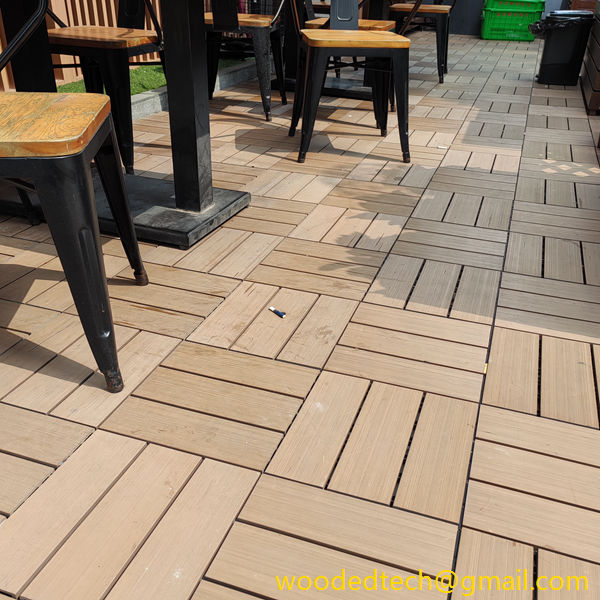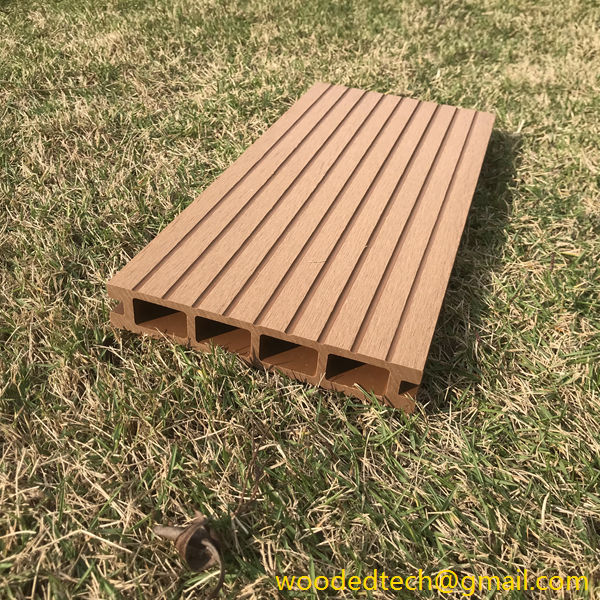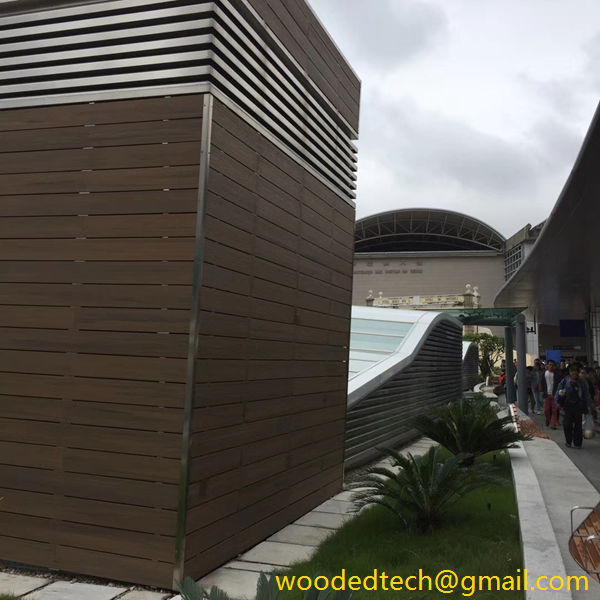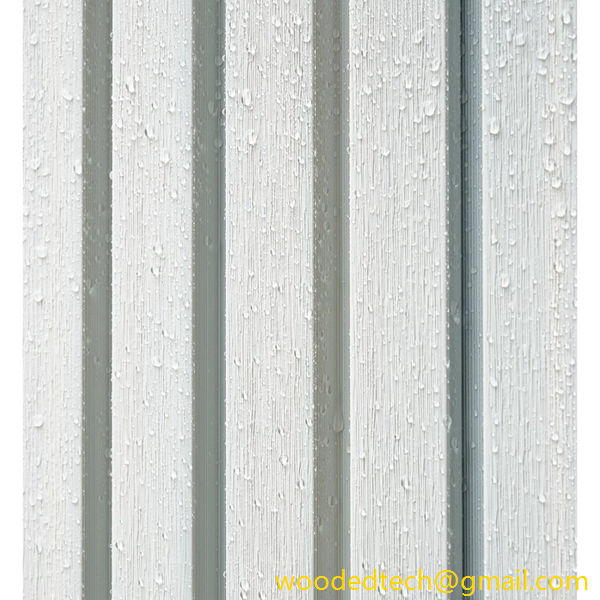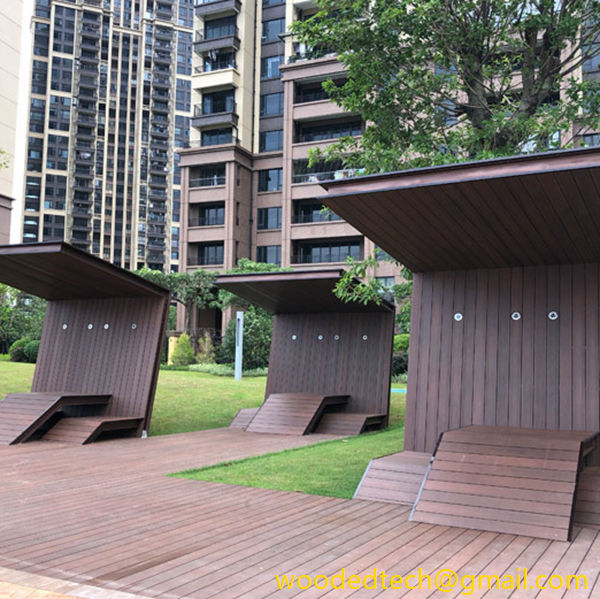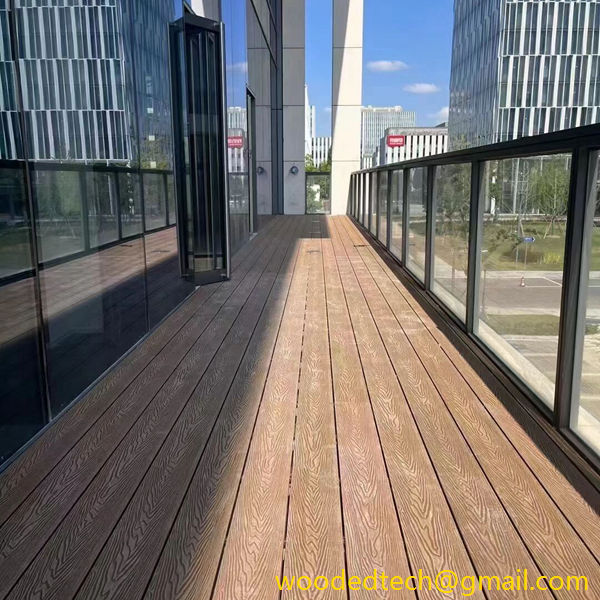WPC Panel Meaning Explained for Better Understanding
WPC panels, or Wood Plastic Composite panels, have gained significant popularity in recent years due to their versatile applications in construction and interior design. Understanding the meaning and significance of WPC panels is crucial for anyone considering their installation or maintenance. This article aims to provide a comprehensive overview of WPC panels, particularly from the perspectives of installation and maintenance.
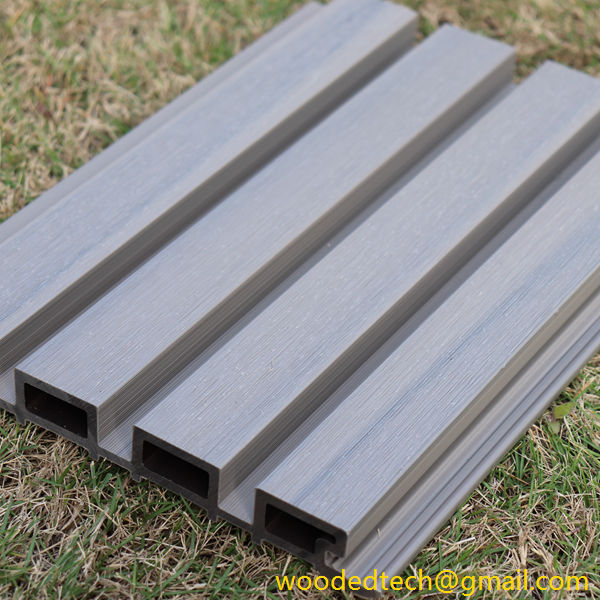
WPC panels are engineered materials made from a combination of wood fibers and plastic. This unique composition offers a range of benefits that make them an attractive alternative to traditional materials like wood and plywood. The primary advantage of WPC panels is their enhanced durability and resistance to environmental factors. Unlike traditional wood, WPC does not warp, crack, or splinter, which makes it suitable for various applications, including decking, wall cladding, and furniture.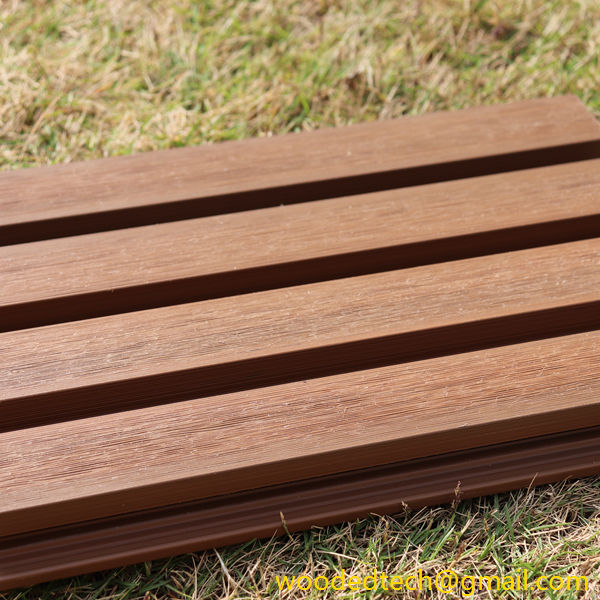
When it comes to installation, WPC panels are relatively straightforward to work with. They are available in various sizes and finishes, which allows for customization according to specific design requirements. The installation process typically involves securing the panels to a frame or substrate using screws or adhesive. It is essential to follow the manufacturer’s guidelines regarding spacing and alignment to ensure a seamless and professional finish.
One of the critical aspects to consider during installation is the preparation of the surface where the panels will be mounted. The surface should be clean, dry, and free from any debris or contaminants that could affect adhesion. Additionally, it is advisable to acclimate the WPC panels to the environment where they will be installed. This step helps to minimize expansion and contraction after installation, ensuring long-term stability.
Proper installation also involves the use of the right tools and equipment. A circular saw or miter saw is typically recommended for cutting WPC panels to the desired size. It is essential to use blades designed for composite materials to achieve clean cuts without chipping. Safety gear, such as gloves and goggles, should be worn to protect against any debris generated during the cutting process.
Once the panels are installed, maintenance becomes a critical factor in preserving their appearance and functionality. One of the key benefits of WPC panels is their low maintenance requirements compared to traditional wood. They do not require regular staining or sealing, which can save time and money over the long term. However, basic cleaning is still necessary to maintain their aesthetic appeal.
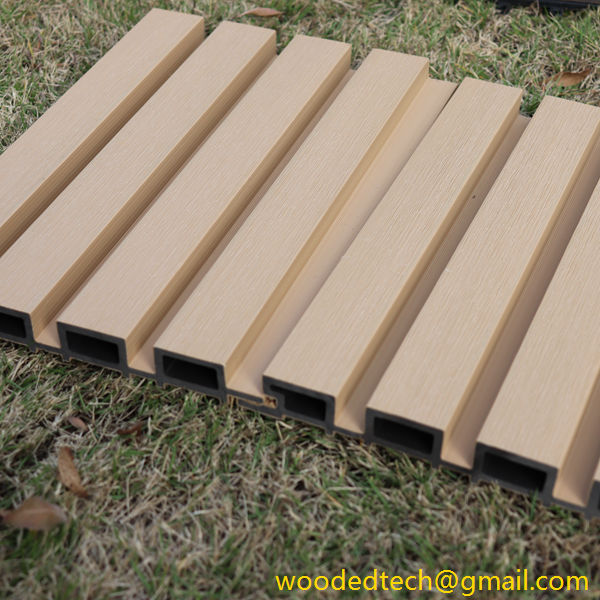
Routine maintenance of WPC panels typically involves cleaning them with mild soap and water. It is advisable to use a soft-bristle brush or cloth to avoid scratching the surface. For tougher stains, a mixture of vinegar and water can be effective. It is essential to avoid using harsh chemicals or abrasive cleaning tools, as these can damage the surface of the panels.
In addition to regular cleaning, it is also important to inspect the panels periodically for any signs of wear or damage. While WPC panels are resistant to rot and decay, they can still be affected by prolonged exposure to moisture or extreme weather conditions. If any issues are identified, such as loose panels or visible damage, they should be addressed promptly to prevent further deterioration.
Another maintenance consideration is the prevention of mold and mildew growth, which can occur in areas with high humidity or inadequate ventilation. To minimize the risk, it is advisable to ensure proper drainage around WPC installations, especially in outdoor settings. Additionally, keeping the panels free from debris, such as leaves or dirt, can help reduce moisture retention.
In summary, WPC panels offer a modern and durable alternative to traditional building materials. Their composition of wood fibers and plastic not only enhances their strength and longevity but also reduces the need for extensive maintenance. For successful installation, following manufacturer guidelines and using appropriate tools is crucial. Once installed, WPC panels require minimal upkeep, primarily involving routine cleaning and inspections. By understanding the meaning and implications of WPC panels, homeowners and builders can make informed decisions that contribute to the longevity and aesthetic appeal of their projects. Overall, WPC panels represent a practical and sustainable option in the ever-evolving landscape of construction and design.

